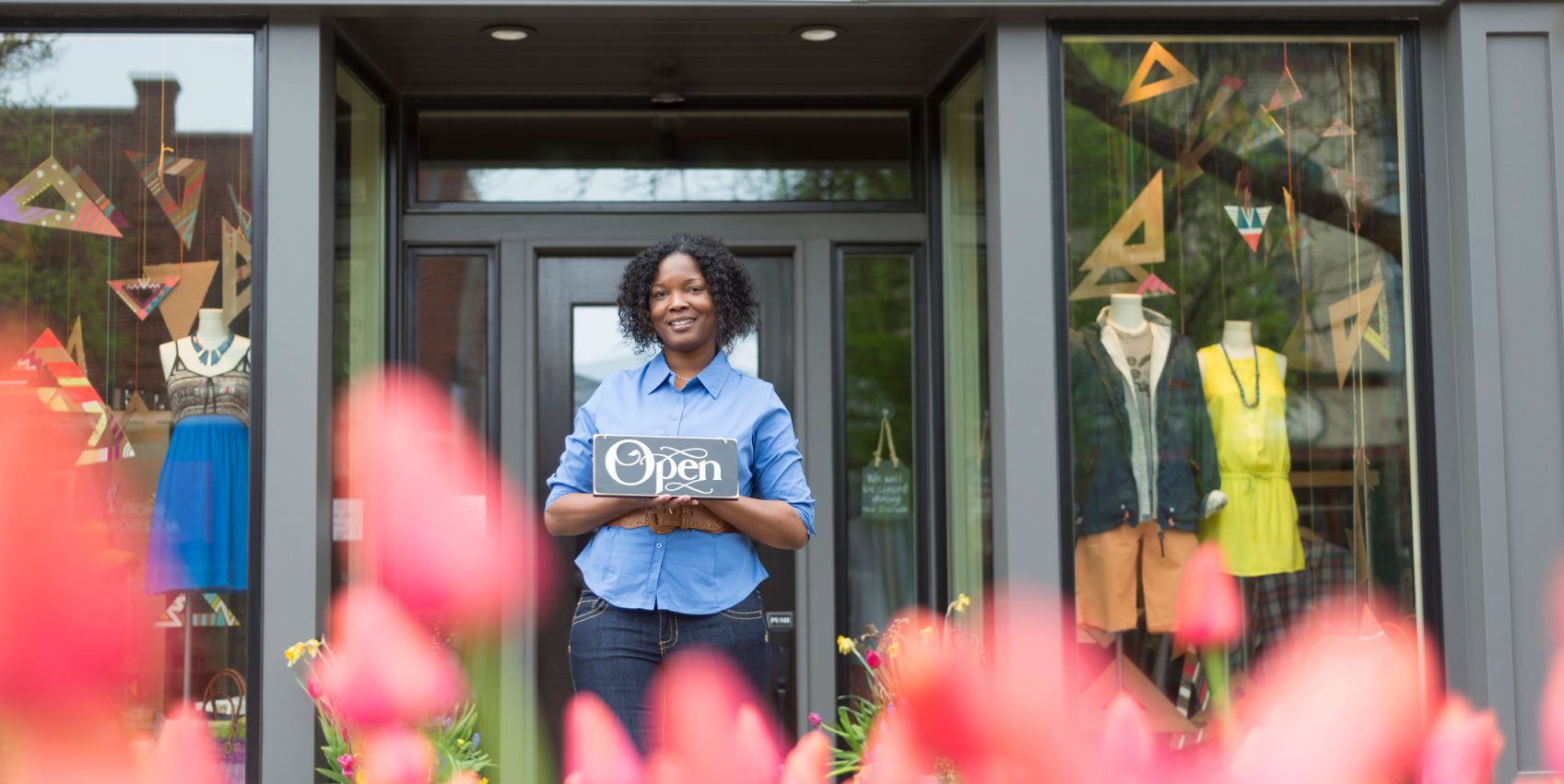In Northern New Jersey, a supermarket in an area with a large Italian-American population stocks a large assortment of pastas, small-batch escarole and bean soup, and frozen parmigiana dinners. Two towns over, another unit in the chain carries a bevy of Polish specialties, with two full doors in the frozen food aisle devoted to pierogi. This retailer exemplifies a grocer’s ability to truly cater to the local community despite being a chain store. In apparel, the trick is harder to pull off. But when done right, it can make shoppers feel more at home in a large-scale store. [quote]
“Retailers are recognizing that some sort of personalization is important to stay relevant,” says Jorge Lizan, managing director of New York City-based Lizan Retail Advisors. “Generally speaking, big name chains and department stores aren’t doing a good job creating personalized experiences for their customers, but that’s nothing surprising as big chains, in order to take advantage of economies of scale, have to standardize their offerings, formats, and communication. But this is quickly changing.”
Currently, more than 9 in 10 consumers (92 percent) shop for most of their apparel through national retailer like mass merchants, chain stores, department stores, etc., according to the Cotton Incorporated Lifestyle Monitor™ Survey. But Lizan says in major cities around the U.S., residents are embracing local retailers and big format retail chains are practically nonexistent in their city centers.
Macy’s capitalized on the localization strategy through its My Macy’s program. It aims to tailor each store’s needs to the customers of a particular region. However, the analysts point out, national retail names are limited in what they can offer because they carry national brands, as well as much of the same merchandise in their stores.
Paco Underhill, author of “What Women Want, the Science of Female Shopping,” and founder of the retail consultancy Envirosell, says small, local merchants have a leg up on national chains in the personalization respect.
“This is one of the issues the large, national stores are struggling with,” Underhill says. “There’s a difference between what is global in brand and what is tactical in execution. This means if you’re a national chain and it’s the middle of winter, are you selling down jackets in your south Florida location? That’s just foolish.”
Instead, he says, national retailers should empower regional store managers to win victories.
“Part of what we know is dresses that will fly off the rack in Dallas don’t even make it to dressing room in Philly and that’s about what local tastes are,” says Underhill. “It’s knowing your market. We suggest if the central office has a visual merchandising catalog, take the same dress and shoot it with six different looks and models. Then let the regional managers pick out from the catalog the images they think best fit the customer they serve. So if I’m in Palisades Center in Nyack, NY, or the Pacific Center north of San Francisco, I’m trying to match the look and feel of the visual merchandising with the person coming in the door.”
Even with all the online browsing 70 percent of consumers do before shopping, store experiences are important, as about 4 in 10 consumers (39 percent) draw apparel inspiration from the displays, according to the Monitor™ data. National retailers have a significant opportunity to connect in-store with shoppers when one considers that most consumers (57 percent) say clothes shopping is a fun, social activity — a figure that rises significantly among women (62 percent) and those ages 25-to-34 (76 percent).
Large apparel retailers can become part of their smaller, local community by offering more than just clothes. At last January’s National Retail Federation’s Big Show in New York, PSFK’s Piers Fawkes, founder and president, described the bookstore and coffee shop in Club Monaco’s Manhattan flagship, as well as the salon, bike repair station, and Instagram photo printing at Urban Outfitters’ Herald Square location in New York.
As much as consumers enjoy unique shopping destinations, they don’t like the “used car dealer” experience. More than 8 in 10 Monitor™ respondents (82 percent) say they prefer sales associates leave them alone. That’s likely because the majority of consumers say they draw apparel inspiration from what they already own and like (55 percent).
Lizan says stores also makes mistakes with personalizing their retail experience simply because they’re poorly communicating with the customer.
“Often times, retailers try to localize their marketing strategies in communities with a strong concentration of ethnic groups,” he explains. “Too often they wrongly think that simply translating their existing campaigns will suffice. But they usually don’t have multicultural teams and as a result they make mistakes.”
Underhill says North American retailers frequently miss the opportunity to pursue tourist dollar by promoting their regional uniqueness — while also understanding visitors’ preferences.
“You can go to the Galleries Lafayette or Selfridges and see they’ve done a great job making their stores a destination, yet they can be very personal. For example, if you’re Muslim, there is a range of cuisines in the stores that fit your diet,” he says. Galleries Lafayette also offers an app that lets visitors select the stores they plan to visit and it creates a personalized shopping route. “Another thing I’ve noticed living just off Bleecker Street in Manhattan: even as a worldly cosmopolitan guy, I can hear languages I don’t recognize. So whether stores post a signage conversion chart or something that lets tourists know what language is spoken there, that’s low hanging fruit and it’s sad that it’s not pursued more earnestly.”
